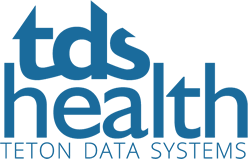Hospital-based Injury and Violence Prevention Programs
The Trauma Center Guide for all Healthcare Professionals

Description
This book offers the first comprehensive insight into hospital-based injury and violence prevention programs and describes a public health approach for the integration of population-based injury prevention into trauma centers.
This book meets the need for a public health informed approach, as a majority of hospital-based injury and violence prevention programs are positioned within hospital systems driven by patient-centered, acute care models. Significant variability in administration, staffing and reimbursement structures across trauma centers has historically hindered standardization of injury prevention program structure and the role of the injury prevention professional.
Topics in the book include the history and development of hospital-based programs, the need and process for developing data-driven and evidence-based injury prevention interventions, building trauma center capacity for outreach through partnerships, developing prevention efforts using trauma-informed care approach, community based research and program evaluation, and the role of advocacy in injury and violence prevention.
The multidisciplinary team of authors offers a collaborative approach to the implementation and development of Hospital-based Injury and Violence Prevention Programs which will serve acute care nurses, trauma program managers, hospital administrators, trauma surgeons, hospital-based injury prevention professionals, and local public health professionals.
Doody's Reviews
Quotes, Reviews or Testimonials
"In the book's preface, the editors make the sobering observation that more than half of trauma-related deaths occur within minutes of injury and there are no treatments that improve survival for these patients. Thus, reduction in injury events is optimally associated with adverse outcome reduction. This book is a worthy tool that supports this important goal."
-- David Dries, MSE, MD (Regions Hospital)Doody's Review
Audience
The variety of disciplines serving in a hospital-based trauma program may utilize the tools presented in this book. Contributors represent advocacy groups, academic medical centers, and trauma programs throughout the United States. Editors are stationed at the University of California-Davis Medical Center and the Case Western Reserve University School of Medicine.






































